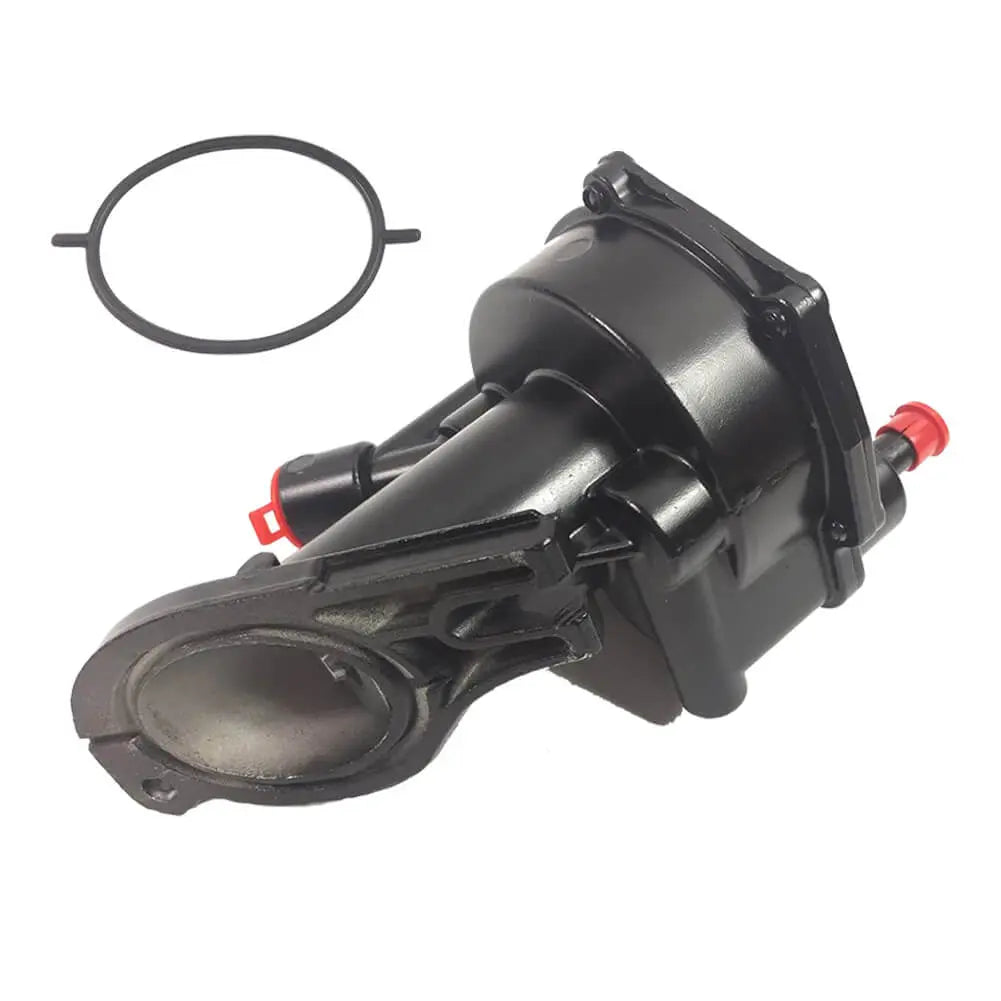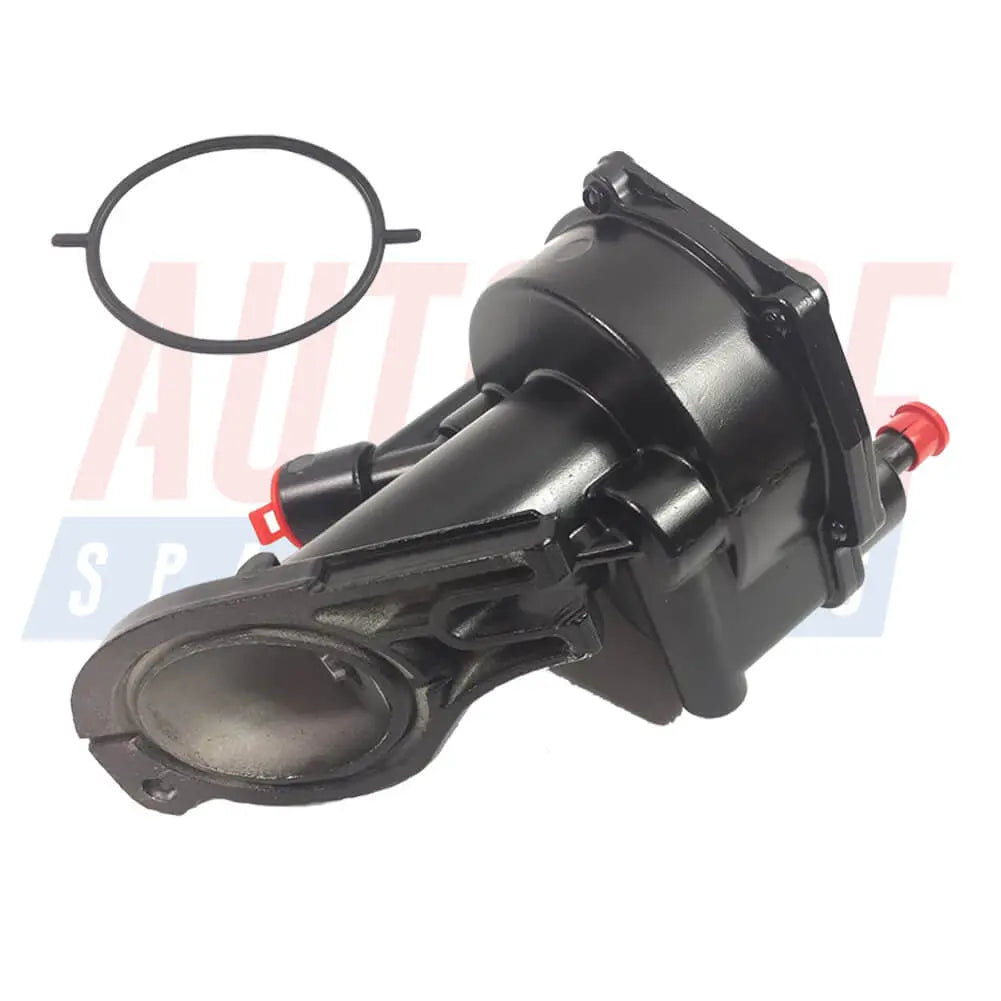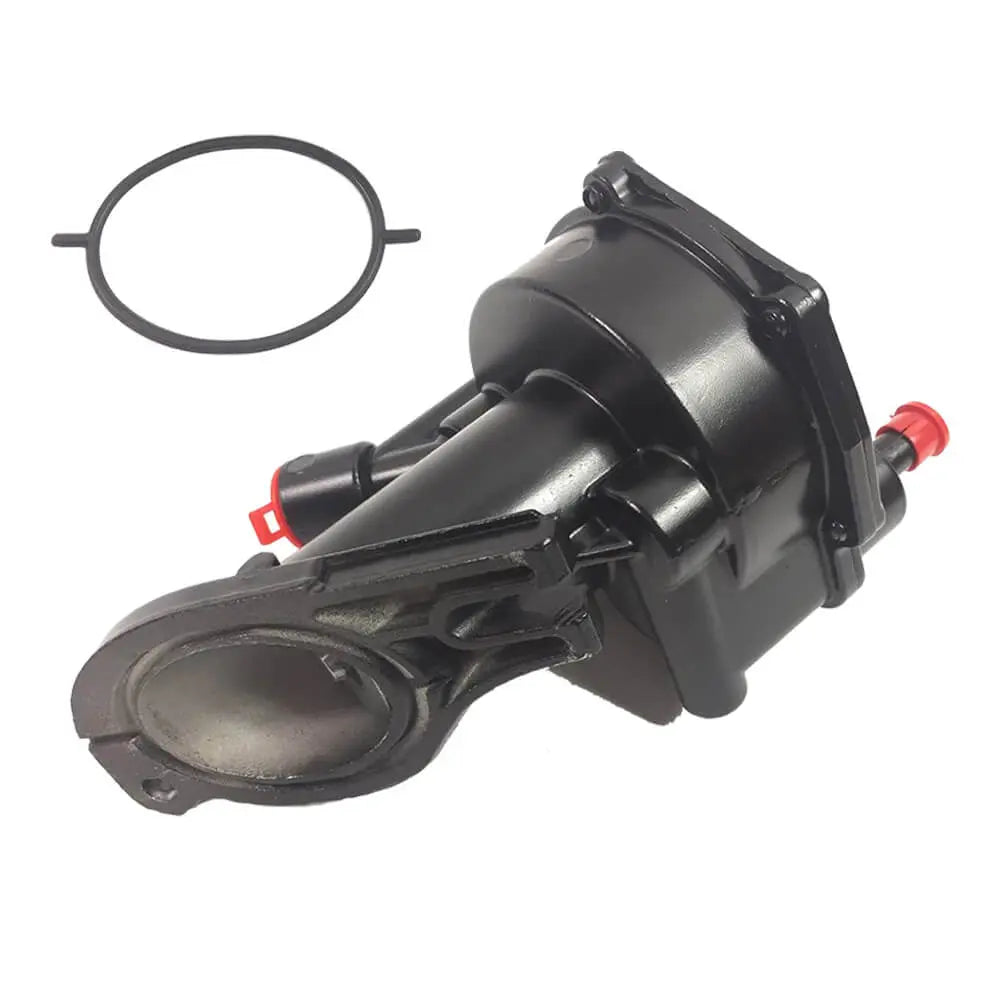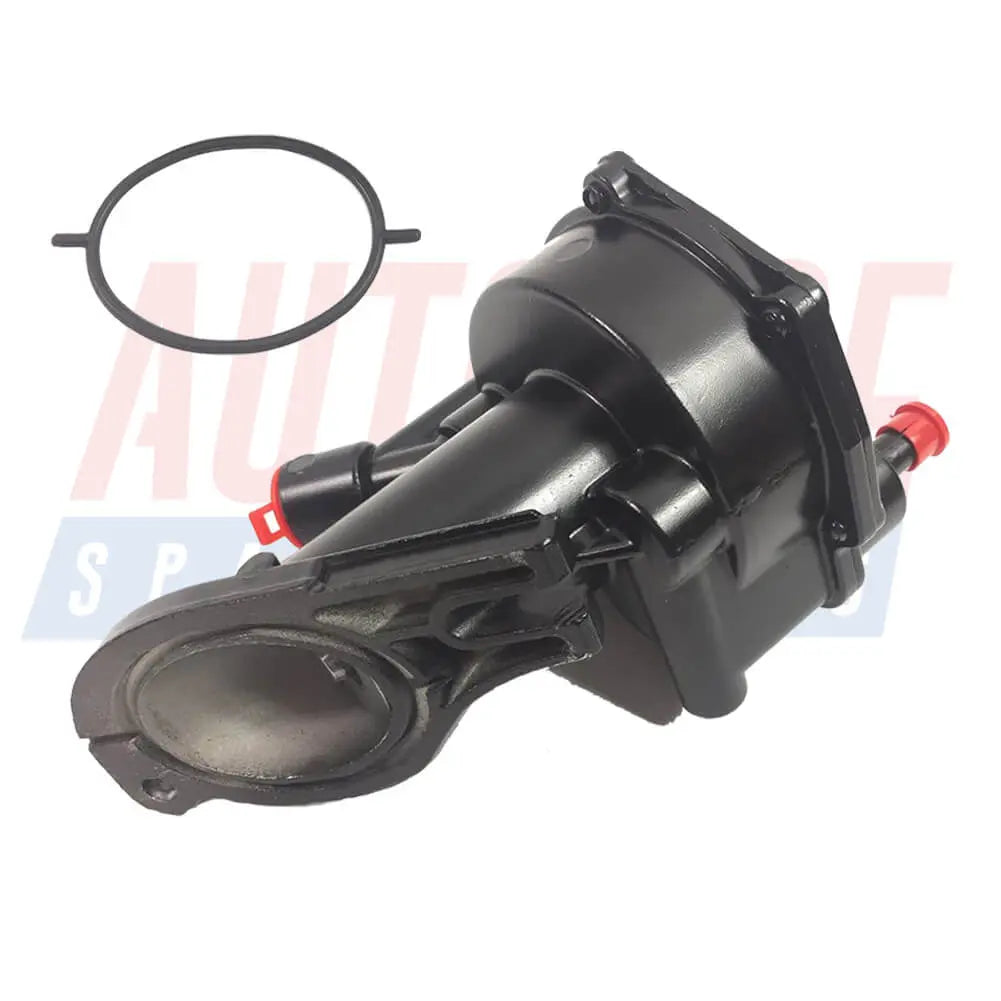Shop by Category
Brake Vacuum Pump
2 products
Showing 1 - 2 of 2 products
Understanding the Brake Vacuum Pump: Enhancing Automotive Safety and Performance
In the realm of automotive safety, one vital component often goes unnoticed—the brake vacuum pump. This unassuming device plays a crucial role in ensuring efficient braking performance, especially in vehicles equipped with power brakes. In this article, we delve into the brake vacuum pump, its purpose, operation, and significance in enhancing both safety and overall driving experience.What is a Brake Vacuum Pump?
The brake vacuum pump is a mechanical or electric device that generates vacuum pressure to aid in power brake assistance. It is commonly found in vehicles with power brake systems, where the pump helps amplify the force applied to the brake pedal, resulting in smoother and more effective braking.How Does it Work?
The brake vacuum pump operates on the principle of creating a vacuum or negative pressure in the brake booster. By doing so, it helps to reduce the effort required to engage the brakes and ensures consistent brake pedal feel regardless of engine RPM. The pump draws air out of the brake booster, creating a pressure differential that assists in brake actuation.Types of Brake Vacuum Pumps:
a. Mechanical Brake Vacuum Pumps: Found in older vehicles, mechanical pumps are typically driven by the engine's crankshaft or through a separate belt. These pumps utilize a diaphragm or vane mechanism to create the necessary vacuum pressure.b. Electric Brake Vacuum Pumps: More commonly used in modern vehicles, electric pumps operate independently of the engine and are controlled by the vehicle's electronic systems. These pumps provide on-demand vacuum assistance, optimizing brake performance across various driving conditions.
Benefits and Importance:
a. Enhanced Brake Performance: The brake vacuum pump significantly improves brake pedal feel and responsiveness. By reducing the effort required to engage the brakes, it enhances safety and control, especially during sudden stops or emergency braking situations.b. Consistent Brake Assist: The vacuum pump ensures consistent brake assistance regardless of engine speed or load. This feature is particularly important in modern vehicles with smaller engines, turbochargers, or hybrid systems, where engine vacuum may be insufficient to provide adequate brake boost.
c. Increased Safety: The brake vacuum pump plays a pivotal role in maintaining vehicle safety. Its contribution to reducing braking effort reduces the risk of driver fatigue during prolonged or frequent braking, thereby enhancing overall road safety.
Maintenance and Common Issues:
To ensure the brake vacuum pump operates optimally, regular maintenance is crucial. It is important to monitor the vacuum pump's condition and address any issues promptly. Common problems may include leaks, failure of the pump mechanism, or electrical malfunctions in electric pumps. Timely inspection and professional servicing can help maintain brake system integrity.The brake vacuum pump, though often overlooked, is a vital component of modern automotive safety and performance. By generating vacuum pressure to aid power brake assistance, it enhances brake responsiveness, consistency, and overall driving experience. Regular maintenance and prompt addressing of issues related to the brake vacuum pump are crucial to ensure optimal brake performance and vehicle safety.
Showing 1 - 2 of 2 products
Display
View
Filters (0)




